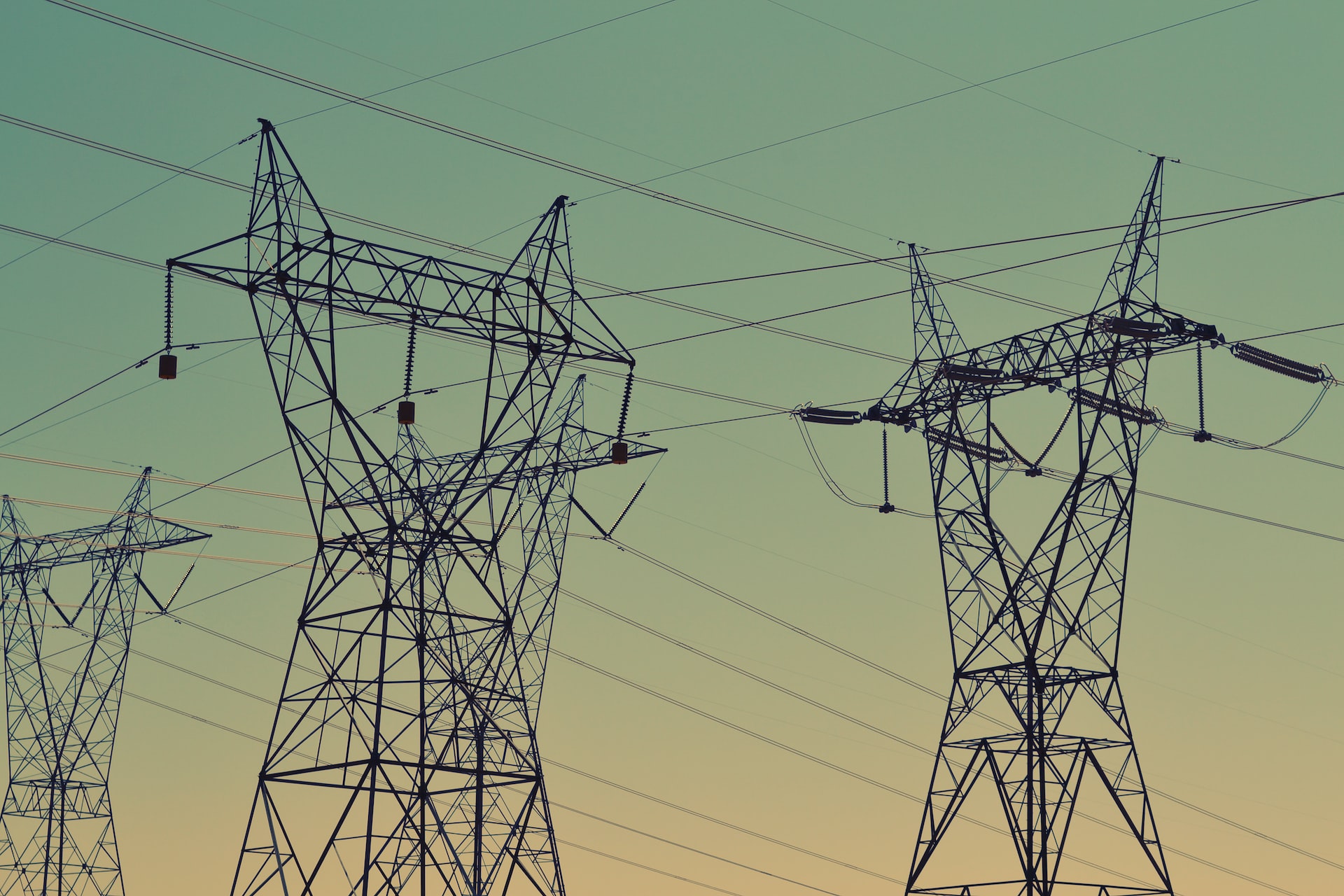Author | Raquel C. Pico
Air pollution remains one of the main challenges cities must address. Pollution has become an urban nightmare, directly affecting people’s health. It is linked to a rise in various illnesses and contributes to greenhouse gas emissions, posing a threat to the planet and demanding urgent action. Major cities and State capitals often face more complex challenges, as their role as economic and transport hubs exposes them to numerous sources of pollution.
However, change is possible, and a strong climate action strategy can significantly reduce air pollution. Paris stands out as a leading example of how green initiatives can deliver tangible results.
Pollution, cut by half

Air pollution figures in Île-de-France, the region in which Paris is located, show very positive progress. Overall, air pollutants have been reduced by half this century, leading to a significant decline in premature deaths caused by pollution—from 10,000 per year in 2010 to 6,200 in 2019.
The latest annual measurement by Airparif, the organization responsible for monitoring air quality in the region, shows a 45% reduction in nitrogen dioxide levels between 2014 and 2024, and a 50% decrease between 2004 and 2014. The situation is similar for the concentration of fine particles, another of the most harmful air pollutants. Since 2014, the concentration of fine particles has dropped by 35%, and by 50% since 2004.
On the other hand, the levels of tropospheric ozone have not shown the same optimistic progress. The rise in temperatures has caused the figures to plateau.
Even so, in the most recent fully measured year (2024), the Paris region recorded only three episodes of poor air quality due to pollution, with two of those linked to tropospheric ozone formation. This is the lowest recorded average since measurements began.
How Paris reduced its air pollution

These results are not coincidental; they reflect the impact of sustained climate action in the region. Airparif attributes the reduction in pollution to lower emissions from road traffic, heating, and industrial activities.
The Paris City Council states that improved air quality is the result of regulations and the enforcement of public, European, national, and local policies. In recent years, Paris has pursued a comprehensive strategy to achieve its sustainability goals, including the installation of extensive bike lanes, the promotion of cycling as a primary mode of transport, the creation of low-emission zones, traffic reduction measures, and the development of pedestrian areas-such as the iconic zone along the Seine.
A 50 km/h ring road speed limit
The Paris City Council has also reduced driving speeds in key areas, such as the ring road that surrounds the entire city and serves as a vital element of urban mobility. In October 2024, Paris implemented a systematic reduction in the maximum speed limit, decreasing it from 70 km/h to 50 km/h. Paris went on to have the world’s slowest ring road (as the French media explain, only Tokyo limits driving to 50 km/h and only in certain sections). The aim of this initiative was to mitigate both air and noise pollution and to enhance road safety—lowering the speed limit reduces the severity of accidents.
However, experts indicate that, while reducing driving speeds can help combat air pollution, achieving this is not straightforward. Within the 30 to 70 km/h speed range, emissions figures are often similar. To achieve results, it is essential to consider the types of vehicles used, the average age of the fleet, and individual driving behavior at any given time.
Initial data from the first months of implementing the regulation indicate that noise pollution has decreased, especially at night, and safety has improved. However, there has not been a significant improvement in driving behavior, and air pollution figures have remained stable.
Margin for improvement

Likewise, there is still margin for improvement overall. Specifically, 2.6 million people in Île-de-France are still breathing air that does not meet the minimum quality standards set by Europe, which will become mandatory in 2030.
Paris is aware of this issue and is committed to ongoing efforts to implement changes. At the end of 2024, the French capital unveiled its Climate Plan 2024-2030, which sets the work agenda for the coming years and aims to bring Paris closer to achieving its 2050 sustainability goals. There are 400 green initiatives organized around five main pillars, designed to meet the more stringent air pollution and climate action thresholds set by Europe for 2030.
To this end, they plan to protect the population from the effects of climate change by increasing green spaces, expanding permeable surfaces, and implementing measures to address climate inequity. They will also work to reduce traffic-related pollution by promoting alternative and eco-friendly modes of transport and expanding pedestrian areas. Additionally, the plan includes renovating public and private buildings to enhance energy efficiency and climate resilience, transitioning from fossil fuels to renewable energy sources, and strengthening the local economy to make it more resilient and low-emission.
Photos | Olivier DJIANN/iStock, xavierarnau/iStock, Josefina Di Battista, Denise Schuld, JOHN TOWNER






















































